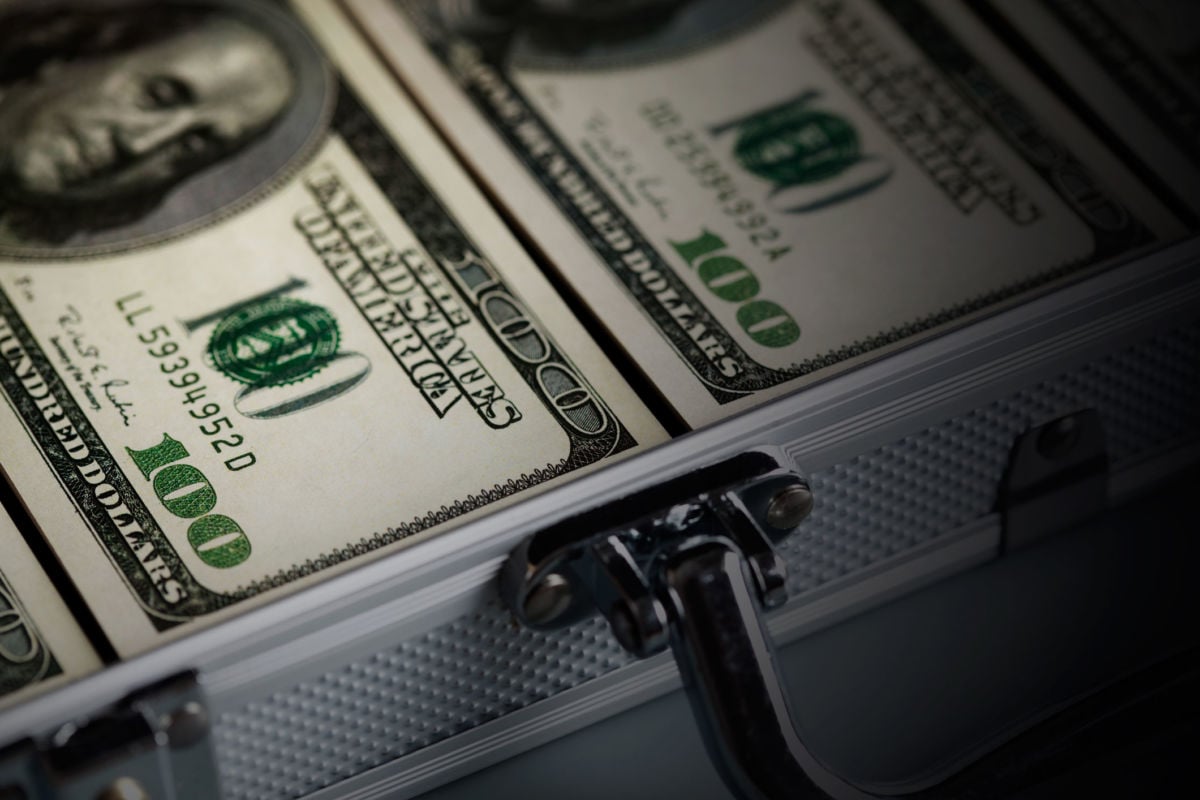A powerful Republican super PAC received nearly half of its contributions during the first half of 2019 from a dark money group that shares its Washington, D.C., office.
The Congressional Leadership Fund raised $7.6 million during the first two quarters of 2019, according to filings with the Federal Election Commission. More than $3.5 million of that total came from the American Action Network, a conservative 501(c)(4) nonprofit established in 2010.
The super PAC, which is closely tied to Republican leadership in the House, spent $138 million during last year’s midterms as it unsuccessfully attempted to help Republicans retain control of the lower chamber. American Action Network gave $26.5 million to the CLF during the 2018 cycle as dark money groups connected to both major parties funneled millions into super PACs.
Other donors to the CLF so far in 2019 include hedge fund managers Kenneth Griffin and Paul Singer, who each gave $1 million. The group also received $500,000 from Home Depot co-founder Bernie Marcus and $500,200 from Cherna Moskowitz, the wife of the late gaming magnate Irving Moskowitz. Oil giant Valero gave $250,000, while a subsidiary of private prison contractor GEO Group chipped in $100,000.
The super PAC’s spending during the first half of the year includes $128,266 on independent expenditures, most of which went toward attack ads on Democratic House freshmen in swing districts.
The group is also targeting Dan McCready, the Democratic candidate in the special election in North Carolina’s 9th Congressional District. The Charlotte Observer reported Wednesday that the CLF has since made an additional $1.2 million in ad reservations against McCready, who faces Republican state Sen. Dan Bishop in the September election.
Although American Action Network does not disclose its donors, Issue One used nonprofit filings and corporate disclosures to find that the group took $12 million from Pharmaceutical Research and Manufacturers of America, along with large contributions from publicly-traded corporations, since 2009.
Despite being the top spender in 2018, CLF found itself on the wrong end of a Democratic wave, with just 31 percent of its general election spending backing winning candidates. Only the National Republican Congressional Committee had a worse success rate among major parties or party-aligned groups.
As super PACs tend to live and die by the megadonor, it remains to be seen whether CLF’s midterm performance will scare away the biggest donors. Sheldon and Miriam Adelson bankrolled the group during the 2018 midterms, giving a colossal $55 million in total. The billionaire Las Vegas couple hasn’t given to CLF so far, nor had they at this point in 2017.
With the launch of the GOP’s fundraising service, WinRed, CLF said it would evaluate Republican candidates’ small donor fundraising when considering whether to back them. Like most super PACs, the group hasn’t attracted small donors itself, raising just $457 from donors giving $200 or less during the first six months of the year. Instead, the group utilizes big fundraisers, including one where it spent $165,000 on tickets and catering for an event hosted at the Atlanta Falcons’ stadium in January, according to FEC filings.
Join us in defending the truth before it’s too late
The future of independent journalism is uncertain, and the consequences of losing it are too grave to ignore. To ensure Truthout remains safe, strong, and free, we need to raise $24,000 by the end of today. Every dollar raised goes directly toward the costs of producing news you can trust.
Please give what you can — because by supporting us with a tax-deductible donation, you’re not just preserving a source of news, you’re helping to safeguard what’s left of our democracy.
